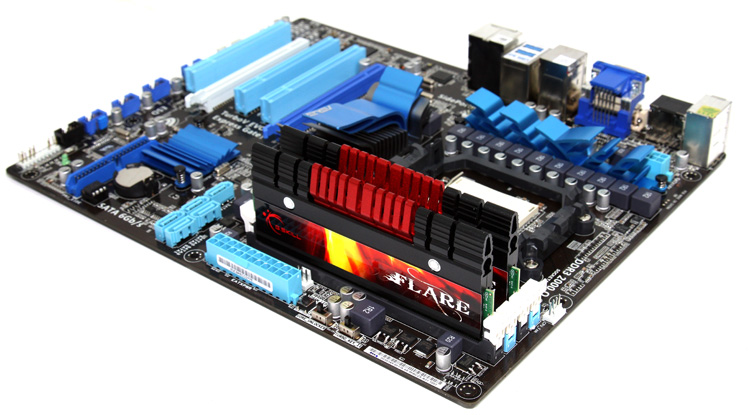Introduction

Getting groovy with C7 2000 MHz memory on your AMD PC
Over the past year we've seen a shift in the memory industry, where the fastest DDR3 memory was a hot topic last year, these days it all seems to be about normal timed DDR3 memory yet with increased memory capacity. Inserting 4GB in a PC seems to be the norm these days.
Now that doesn't mean that there are several companies out there that will try and break records, to offer the fastest most enthusiast memory kits for suited platforms. Once Core i7 launched with the triple channel memory controller, things got out of hand, we went from 1066 MHz to 1333 MHz, to 1667 MHZ to 1866 MHz and then we even passed 2000 MHz. The latest record I heard that was broken was at 2500 something MHz I think.
It is all quite funky as when we go back to the PC era where the FSB rules the norm was 677 and 800 MHz DDR2 memory. As such memory has taken a huge shift in both capacity, frequency but also latency.
For AMD's products however there is very little memory available in the enthusiast segment. Really you need to look hard to find suitable memory that can take over ~1600 MHz and actually remain stable. As such G.Skill recently worked together with ASUS on some funky new 'FLARE' series memory.
These kits are optimized for AMD platforms preferably with the new six-core X6 processors, and in specific some ASUS motherboards. The kit we'll be testing today obviously comes from that series and is a 2,000MHz CL7-9-7-24 1.65V 4GB (2GBx2) DDR3 kit with its latest Flare heatsinks. Now to achieve 2000 MHz on the memory on an AMD platform is a challenge. Yet with supported XMP profiles in the BIOS you flick a switch and boom, the system configures itself for some really sweet low latency memory frequency and thus bandwidth.
The 2,000MHz CL7-9-7-24 1.65V 4GB (2GBx2) DDR3 kit are designed and optimized for the latest 6-core processors, that doesn't mean though your 'generic' X4 processor" won't work. No Sir. Have a peek at the coolness, and head on to the next page.

